It housed some of Australia’s most infamous criminals before it closed in 2012 — and now ghosts of gangsters past are coming back to haunt the operators of Old Parramatta Gaol.
The site has been managed by Deerubbin Aboriginal Land Council since February 28, 2017, following a successful land claim three years earlier.
And since then, paranormal activity has grown to the point where the “house full” sign has gone up for ghosts.
It’s got so creepy at the gaol — which opened in 1796 — that some indigenous people (who are well attuned to the spirit world) refuse to go into the old cell blocks at night.
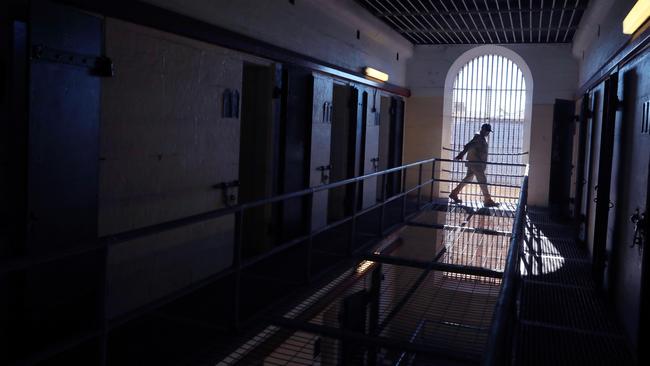
Aboriginal tour guide Peter Brown is one, however, who won’t let the ghosts bother him, recalling how he brushed “them” one night recently when he slept at the gaol’s gatehouse.
“I closed the big doors and at about 3am, I heard three huge bangs on the door,” Mr Brown, who spent two weeks as an inmate at the gaol, said.
“I woke up, opened the big doors and nothing was there so I thought, ‘bugger it, I’m going back to bed’.”
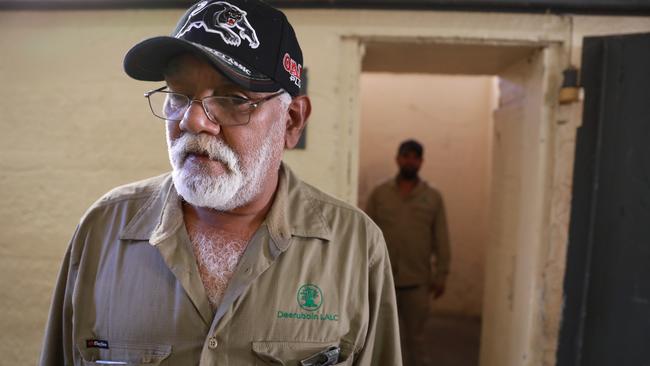
Deerubbin CEO Stephen Wright says he’s now had “at least half-a-dozen experiences where I’ve got no rational explanation for what happened”.
“We’ve had persistent (paranormal activity) where every time a couple of us would walk into the bottom of Wing 6, a certain door on the third floor would always bang,” he said.
“There were never any strong winds or anything else I could identify for making it happen.”
Peta Banks, who has run ghost hunts and tours at the gaol for the past two years, says “I know the sound that he’s talking about”.
“And these are massive steel doors at Wing 6. They wouldn’t budge in a cyclone,” she said.
“There has also been the sound of footsteps in the walkway at that cell block. This is now a common phenomenon that happens on our tours there.”

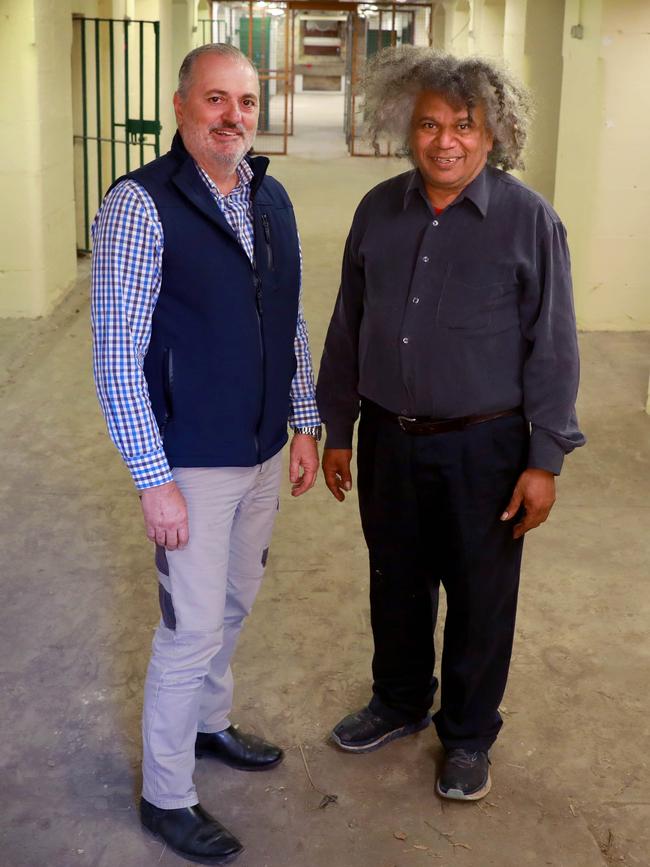
Mr Wright said the close encounters with the paranormal world had scared off some of Deerubbin people at night.
“I’m not a paranormal person, I’ve got to tell you. But there are now a number of Aboriginal people, who are particularly attuned to this sort of thing, that won’t go into the place after dark anymore,” Mr Wright said.
“It’s too full of ‘people’,” he added with a laugh.
Among the most notorious inmates at the gaol were Sydney’s first gangster John “Chow” Hayes, armed robber and escapist Darcy Dugan, contract killer Arthur “Neddy” Smith and Anita Cobby’s killers, John Travers, Michael Murdoch and Murphy brothers Leslie, Gary and Michael, who died in Long Bay Jail earlier this year.
Ms Banks believes the most infamous ghost at the gaol is Leonard Keith Lawson, who died in 2003 after being imprisoned at various jails for nearly 50 years for committing multiple rapes and murder.
While at Parramatta Gaol in late 1972, he attacked a dancer performing for inmates who were on privileges.
He whipped out a knife and jumped to the stage, holding the blade to the throat of Sharon Hamilton in what’s believed to have been an escape attempt.
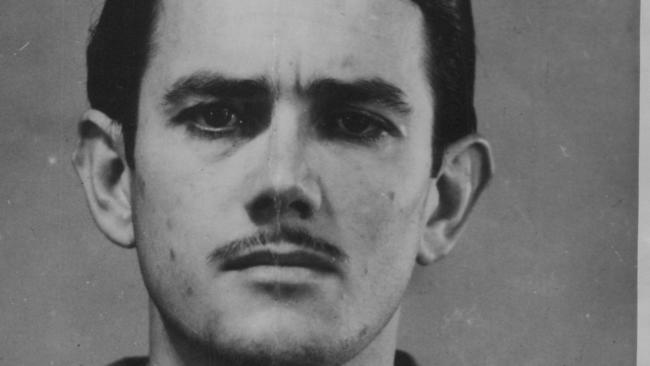
“He was a bastard and sociopath,” Ms Banks said. “And we believe he’s only interested in the women on our tours.”
The Australian Paranormal Phenomenon Investigators owner recounted one night on a tour when she believes Lawson could have behind a frightening moment.
“In Wing 4, I got ‘grabbed’ on the arm; I could feel the fingers and they pulled my arm,” she said.
“I was trying an experiment, doing a ‘muster’, re-enacting a correctional officer, so I was asking inmates to stand outside their cells and was being quite loud about it.
“I made a comment such as, ‘if you don’t come outside, I’ll come in and get you’. And as I said it, I felt a hand, clearly the four fingers and thumb around the top of my left arm, and my arm was pulled.
“I immediately turned my torch on and nobody was there.”

She said neighbouring Wing 5 had also become notorious for paranormal activity.
“One night there, two of us heard one of our other (ghost) investigators’ voice talking to us and we were answering and when we went out to see her, she wasn’t there. We were basically having a conversation with nobody,” Ms Banks said.
Asked if there was any boozing on the ghost tours, she said with a laugh: “We don’t mix spirits with spirits.”
PARRAMATTA GAOL HISTORY
INFAMOUS INMATES: 1. JOHN FREDERICK “CHOW” HAYES
Hayes spent most of his life in gaol at Parramatta for crimes which ranged from drunkenness to murder.
In 1938, he killed Henry Jack Baker, the de facto partner of Sydney crime czar Kate Leigh, but he escaped prosecution.
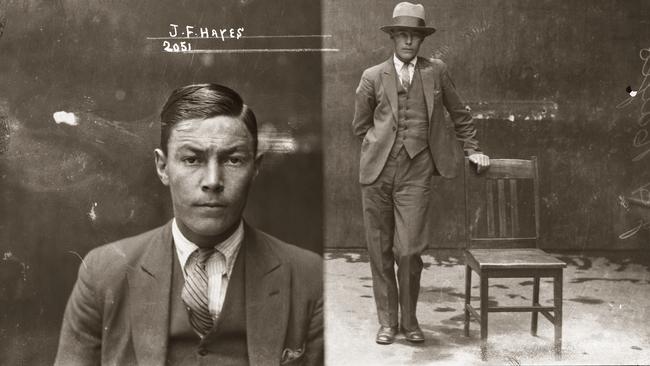
During the 1940s, he committed many crimes with his friend, William ‘Joey’ Hollebone.
On January 1, 1945, he shot and killed a fellow Sydney gangster named Eddie Weyman, but he was later found not guilty at trial.
However, in the David Hickie biography, Hayes admitted that he had killed Weyman and got away with it.
In 1951, he murdered a fellow gangster, William ‘Bobby’ Lee, at a Sydney nightclub in retribution after Lee had shot and killed Hayes’s nephew Dennis James Simmons in a case of mistaken identity.
Hayes was tried twice for this offence before he was finally found guilty at his third trial in 1954 and was sentenced to hang for the murder of the former boxer.
However, he slipped the noose when, in 1956, the NSW Government outlawed capital punishment. His sentence was transferred to life in prison.
He spent most of his time in Parramatta gaol before being released nearly 20 years later after being diagnosed with terminal cancer.
He died in Lidcombe in 1993 after a long battle with lung cancer.
2. DARCY EZEKIEL DUGAN
Dugan, who did time in Parramatta gaol, became more famous for his daring escapes from prison than his bank robberies.
Nicknamed ‘Houdini’, he masterminded six successful escapes from custody and attempted four others.

On March 4, 1946, Dugan escaped from a prison tram that transported inmates between Darlinghurst Courthouse and Long Bay Jail.
It is reported as the tram passed the Sydney Cricket Ground, Dugan used a kitchen knife to saw a hole in the roof. This is where he escaped.
The tram where Dugan escaped is kept at the Sydney Tramway Museum in Loftus.
On December 16, 1949, Dugan and William Cecil Mears escaped from Central police station during a court recess. Mears was in court charged with possession of an unlicensed pistol and had subpoenaed Dugan as a witness.
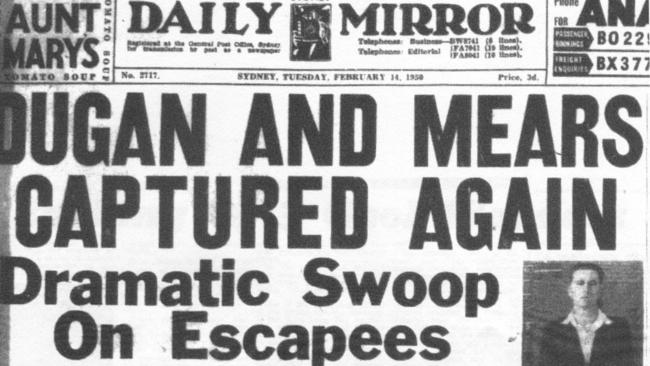
During an adjournment for lunch, the pair hacksawed through an iron bar in their cell and escaped from the complex onto Sydney’s streets.
Police gave chase but they were last seen jumping onto a passing tram.
A year later Dugan was sentenced to death alongside his co-offender. An appeal later reduced the charge to life imprisonment.
During another prison escape, Dugan left a note scrawled on the wall of his cell which read “gone to Gowings”. It was making reference to a department store’s advertising slogan which also meant “left in haste”.
When Dugan was released from prison in 1984 he became a rehabilitation officer. He was a campaigner of prison reform and exposed corruption. He died on August 22, 1991, at Cabramatta.
3. ANTHONY (TONY) LANIGAN
Lanigan was 22 when he was found guilty of killing a man in 1969 during a bungled robbery.
He was sentenced to 14 years’ imprisonment and paroled on February 15, 1977, ahead of a Shawshank Redemption-style jail break attempt two years later.
Just 33 days after release he shot a woman dead during another botched robbery. No matter how much it cost, he had to get out of jail.
Along with six other men, Lanigan gained national notoriety for nearly pulling off the most daring prison escape in Australia’s history at Parramatta Gaol.
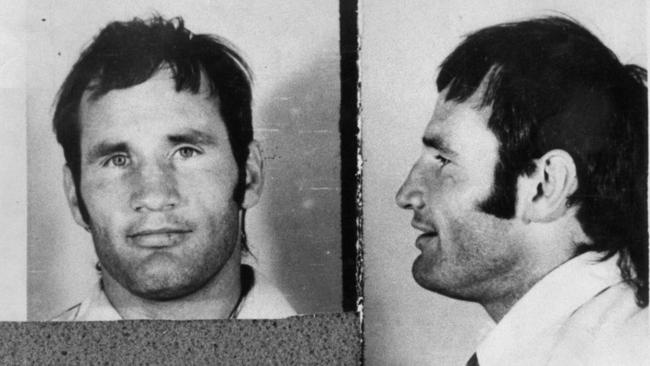
He “hired” a gang of inmates who were behind bars for murder, rape and paedophilia.
One of the men who helped dig the escape tunnel was Michael Murphy, who would go on to take part in the 1986 rape and murder of Anita Cobby.
Nobody knows how, but Lanigan had six keys to his cell that he gave to the “gang”. Lanigan worked night shift because it was his cell.
He’d only have an hour of sleep each night and, during the day, each of the other men would go down for a couple of hours at a time. His cupboard covered the expansive tunnel during cell searches.
The tunnel was just 30cm below the linen company next door.
It’s then he gathered the troops and said Saturday night was when they were breaking out.
Murphy was excited and had to tell someone. He ran to the phones and called his grandmother.
His grandmother rang the prison guards after the phone call to find out when her grandson was being released. A search of Murphy’s cell uncovered the six keys to Lanigan’s cell. He cracked and the guards found the tunnel underneath Lanigan’s cupboard.
The tunnel was found on the morning of Saturday, September 8, 1979, just hours before the scheduled escape.

Lanigan revealed they’d been digging with screwdrivers, knives and a shovel for about 18 months all up.
Wood was also nicked from the stores to make support beams, electric lights and extension cords.
Lanigan was sent back to Long Bay Jail and was given five years on top of his sentence for the attempted escape.
In 1995, he walked through a hole in the fence at the Long Bay farm.
A search began but he was never found. He’s been on the run ever since.
Murphy was given another two years for his role in the escape. He was released in 1985 and back a year later after Anita Cobby’s rape and murder.
4. ARTHUR ‘NEDDY’ SMITH
Smith was sentenced to life imprisonment for murder, rape and drugs.
He spent much of the 1960s and 1970s in jails, including at Parramatta, after being convicted of drug trafficking, theft, rape, armed robbery and murder.
He was a star witness for the Independent Commission Against Corruption (ICAC) and the Wood Royal Commission.
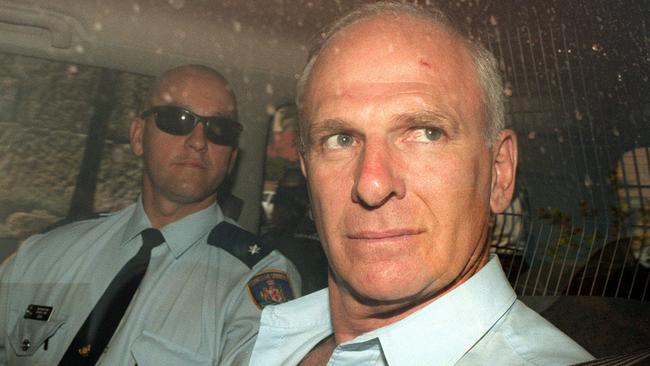
Smith got immunity from his crimes except murder, in exchange for testifying against former NSW Police detective Roger Rogerson and other allegedly corrupt police officers.
In his testimony, Smith said police gave him the “green light” to commit crimes and aided him in various robberies and other crimes.
Though charged for eight murders, Smith has only been charged with the murder of brothel owner Harvey Jones and “murder in company” of tow-truck driver Ronnie Flavell during a road rage incident in 1987.
In 2017, Smith attempted to escape while being treated for heart problems at the Prince of Wales Hospital in Randwick. He allegedly snuck past two prison guards but was caught by a nurse in the corridor.
He is serving a life sentence in Lithgow Correction Centre and has been diagnosed with Parkinson’s disease.
5. THE ANITA COBBY KILLERS
John Travers, Michael Murdoch and Murphy brothers Leslie, Michael and Gary all did time in Parramatta gaol after being sentenced to life imprisonment for the murder of Anita Cobby on February 2, 1986.
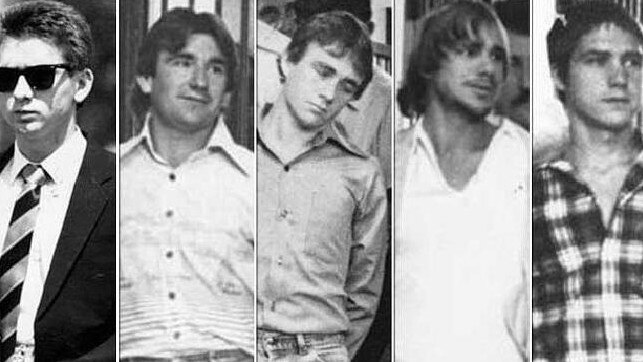
Anita Lorraine Cobby was a 26-year-old Australian registered nurse and beauty pageant winner who was kidnapped, sexually assaulted and murdered while walking home from Blacktown railway station after dining out with two hospital colleagues in Surry Hills.
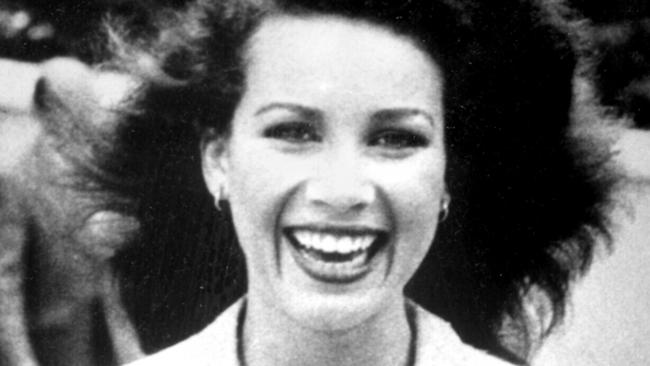
Two days after being reported missing, Cobby’s body was discovered on a rural farm in Prospect.
She had been subjected to a horrific sexual ordeal before her attackers argued over who would cut her throat. This heinous act was carried out by Travers, who had previously done so with animals.
A manhunt followed and investigations led to the arrest of the five men who were later convicted of her abduction, rape and murder on June 10, 1987, and each sentenced to life imprisonment, without the possibility of parole.
Michael Murphy, 33 at the time of the crime, was the eldest of the nine Murphy children.
Gary Murphy was five years younger than him. He had faced several car theft-related charges in the years preceding the murder and was known to have a violent temper.
Les Murphy, 22 at the time of the Cobby murder, was the youngest of the Murphy children.
He reportedly had the worst temperament of the siblings.
Michael Murphy died in Long Bay Jail earlier this year at the age of 65.


Add your comment to this story
To join the conversation, please log in. Don't have an account? Register
Join the conversation, you are commenting as Logout
Here’s what you can expect with today’s Parramatta weather
As winter sets in what can locals expect today? We have the latest word from the Weather Bureau.
Here’s what you can expect with tomorrow’s Parramatta weather
As winter sets in what can locals expect tomorrow? We have the latest word from the Weather Bureau.